Home>Storage & Organization>Kitchen Organizing Tools>How To Organize A Pantry Cabinet
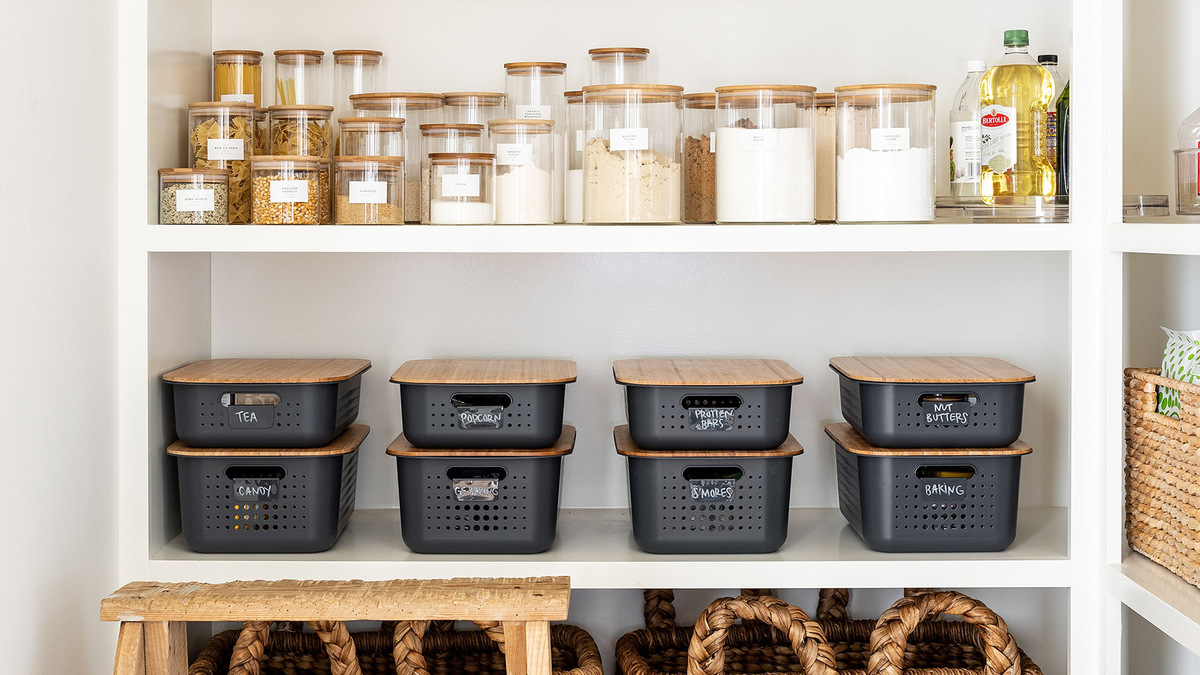

Kitchen Organizing Tools
How To Organize A Pantry Cabinet
Published: March 2, 2024
Learn how to efficiently organize your pantry cabinet with the best kitchen organizing tools. Maximize space and keep everything in order with our expert tips.
(Many of the links in this article redirect to a specific reviewed product. Your purchase of these products through affiliate links helps to generate commission for Storables.com, at no extra cost. Learn more)
Assessing Your Pantry Cabinet Space
Before diving into organizing your pantry cabinet, it's crucial to assess the available space. Take a good look at the size and layout of your pantry cabinet. Measure the shelves, depth, and height to determine the storage capacity. Consider any unique features such as pull-out drawers, lazy Susans, or built-in racks. Understanding the dimensions and layout of your pantry cabinet will help you plan and maximize the space effectively. Additionally, take note of any existing issues such as damaged shelves or areas that are difficult to access. This assessment will serve as the foundation for creating an efficient and functional organization system for your pantry cabinet.
Key Takeaways:
- Get a clean slate by emptying your pantry cabinet and decluttering items. Group similar items, clean the shelves, and choose the right storage containers for an efficient and satisfying organization process.
- Create zones, utilize door and wall space, and maintain a labeling system to keep your pantry cabinet organized. Involve your family and celebrate successes for a harmonious kitchen environment.
Decluttering and Sorting Your Pantry Items
Decluttering and sorting your pantry items is a crucial step in organizing your pantry cabinet. It's time to roll up your sleeves and get down to business! Here's how to tackle this task like a pro:
-
Empty the Shelves: Start by taking everything out of your pantry cabinet. Yes, everything! This will give you a clean slate to work with and allow you to see exactly what you're dealing with.
-
Check Expiry Dates: As you begin sorting through your items, be sure to check for expiration dates. Toss out any expired or stale items. It's easy for forgotten items to linger in the back of the pantry, so this is your chance to get rid of anything past its prime.
-
Donate or Discard: Next, assess the items that are still in good condition but aren't being used. Consider donating non-perishable items to a local food bank or charity. For items that are no longer usable, dispose of them responsibly.
-
Group Similar Items: Sort the remaining items into categories such as canned goods, baking supplies, snacks, spices, and so on. This will make it easier to see what you have and help you plan the layout of your pantry cabinet.
-
Clean and Wipe Down: While the shelves are empty, take the opportunity to clean and wipe down the surfaces. A fresh, clean start will make your newly organized pantry cabinet even more satisfying.
By decluttering and sorting your pantry items, you're setting the stage for a well-organized and efficient space. Plus, you'll have a clearer idea of what storage solutions will work best for your specific pantry needs.
Choosing the Right Storage Containers
When it comes to organizing your pantry cabinet, selecting the right storage containers is key to maintaining a tidy and functional space. Here's a breakdown of the types of storage containers to consider:
Clear Plastic Bins or Baskets
Opt for clear plastic bins or baskets to store loose items such as snacks, packets, and small pantry essentials. The transparency of these containers allows you to easily see the contents, making it simple to locate items without rummaging through the entire pantry cabinet.
Airtight Containers
For items like flour, sugar, rice, and other dry goods, airtight containers are a must. These containers help to keep ingredients fresh and free from pests, ensuring that your pantry staples remain in top condition. Look for containers with a secure seal and a design that maximizes space efficiency.
Stackable Storage
Maximize vertical space in your pantry cabinet by opting for stackable storage containers. These are ideal for items such as canned goods, jars, and bottles. Stackable containers help to make the most of limited shelf space, allowing you to neatly arrange items without wasted vertical gaps.
Wire Baskets or Sliding Drawers
Consider incorporating wire baskets or sliding drawers for easy access to frequently used items. These are perfect for storing produce, snacks, or small kitchen gadgets. The accessibility of wire baskets and sliding drawers makes it convenient to grab what you need without having to shuffle through the entire pantry cabinet.
Mason Jars
Mason jars are versatile and visually appealing storage solutions for items like grains, nuts, seeds, and spices. Their uniform shape and size make for a cohesive and organized look within the pantry cabinet. Additionally, mason jars are reusable and environmentally friendly, making them a sustainable choice for pantry storage.
By choosing the right storage containers, you can streamline the organization of your pantry cabinet and ensure that every item has its designated place. These containers not only keep your pantry items neatly arranged but also contribute to a visually pleasing and efficient storage system.
Creating Zones for Different Categories
Creating distinct zones for different categories within your pantry cabinet is a game-changer when it comes to maintaining an organized space. By categorizing items and assigning specific areas for each group, you can easily locate what you need and prevent clutter from creeping back in. Here's how to create effective zones for different pantry categories:
Read more: How To Cut Down A Pantry Cabinet
Categorize Similar Items
Start by categorizing similar items together. Group canned goods, baking supplies, snacks, grains, spices, condiments, and other pantry essentials into separate categories. This initial step sets the foundation for creating designated zones within your pantry cabinet.
Consider Frequency of Use
When organizing your pantry items into zones, consider the frequency of use for each category. Items that are used daily or frequently should be placed within easy reach, while those used less often can be stored in less accessible areas. This approach ensures that commonly used items are readily available, streamlining your daily cooking and meal preparation routines.
Utilize Shelf Height
Take advantage of the varying shelf heights in your pantry cabinet to create zones. Taller items such as cereal boxes, oil bottles, and vinegar can be placed on higher shelves, while shorter items like canned goods and jars can be organized on lower shelves. This strategic use of shelf space optimizes storage and makes it effortless to spot and retrieve specific items.
Implement Storage Solutions
Incorporate storage solutions such as stackable bins, lazy Susans, and shelf dividers to further define and maintain the designated zones. Stackable bins are perfect for grouping similar items together, while lazy Susans allow for easy access to items at the back of deep shelves. Shelf dividers help keep items upright and prevent them from spilling over into neighboring zones.
Read more: How To Build Kitchen Pantry Cabinet
Label Each Zone
To ensure that your organized zones remain intact, consider labeling each area within your pantry cabinet. Use adhesive labels, chalkboard labels, or a label maker to clearly mark the different zones. This not only helps you and your family members quickly locate items but also serves as a visual reminder to return items to their designated zones after use.
By creating zones for different categories within your pantry cabinet, you establish a systematic and efficient storage layout. This approach not only keeps your pantry organized but also simplifies the process of meal planning, grocery shopping, and maintaining an inventory of pantry essentials.
Utilizing Door and Wall Space
When it comes to maximizing the storage potential of your pantry cabinet, don't overlook the valuable real estate on the doors and walls. By utilizing these often underutilized areas, you can create additional storage solutions and make the most of every inch of space. Here are some creative ways to optimize door and wall space in your pantry cabinet:
Over-the-Door Organizers
Over-the-door organizers are a fantastic way to capitalize on the unused space behind the pantry cabinet door. These organizers come in various designs, including racks, pockets, and baskets, providing versatile storage options for a wide range of pantry items. Use them to store spices, small condiment bottles, kitchen tools, or even lightweight snacks. Over-the-door organizers are easy to install and can instantly add extra storage without taking up valuable shelf space.
Wall-Mounted Shelves
Consider installing wall-mounted shelves inside your pantry cabinet to create additional storage for items that may not fit well on the main shelves. These shelves can accommodate items such as cookbooks, small appliances, or decorative jars, keeping them easily accessible while freeing up space on the main shelves for pantry essentials. Opt for adjustable or modular shelving units to customize the configuration based on your specific storage needs.
Read more: Where To Put Items In A Pantry Cabinet
Hanging Hooks and Racks
Hanging hooks and racks are perfect for organizing items such as aprons, oven mitts, measuring cups, and other kitchen accessories. Mount hooks or racks on the inside walls of your pantry cabinet to keep these items neatly organized and within reach. This not only helps declutter the main shelves but also ensures that essential kitchen tools are conveniently located for quick access during meal preparation.
Magnetic Storage Solutions
Magnetic storage solutions are a clever way to take advantage of vertical space on the inside walls of your pantry cabinet. Magnetic strips or boards can securely hold metal spice containers, knives, or even small metal baskets, keeping these items visible and easily accessible. This innovative storage method not only saves shelf space but also adds a modern and functional touch to your pantry organization.
Command Hooks for Utensils
Utilize command hooks on the inside walls of your pantry cabinet to hang lightweight utensils such as spatulas, ladles, and whisks. This simple yet effective storage solution keeps these tools off the countertop and out of cluttered drawers, making them readily available when needed. Command hooks are easy to install and remove, making them a versatile and non-permanent option for organizing kitchen utensils.
By making use of door and wall space in your pantry cabinet, you can significantly expand its storage capacity and enhance its overall functionality. These creative storage solutions not only help keep your pantry organized but also contribute to a more efficient and enjoyable cooking experience.
Labeling and Maintaining Your Organized Pantry Cabinet
Labeling and maintaining your organized pantry cabinet is the final step in creating a functional and sustainable organization system. Once you've invested the time and effort into organizing your pantry cabinet, it's essential to implement strategies for maintaining its order and ensuring that every family member can easily locate and return items to their designated spots.
Read more: How To Make A Pull Out Pantry Cabinet
Clear and Consistent Labels
Consistent labeling is key to sustaining an organized pantry cabinet. Use clear and legible labels to mark the storage containers, bins, and shelves within your pantry. Whether you opt for adhesive labels, chalkboard labels, or a label maker, ensure that the labeling method you choose is uniform throughout the entire pantry cabinet. Consistency in labeling makes it effortless for everyone in the household to identify where items belong and helps prevent confusion or misplaced items.
Categorize and Alphabetize
Consider categorizing and alphabetizing certain items within your pantry cabinet to further streamline the organization. For example, arrange spices in alphabetical order or group canned goods by category and label each section accordingly. This approach not only makes it easier to find specific items but also encourages family members to maintain the organized layout when returning items to the pantry.
Regular Maintenance Routine
Establish a regular maintenance routine to keep your pantry cabinet organized. Set aside time each week to perform a quick check and tidy up any items that may have been misplaced. Encourage family members to participate in the maintenance routine, whether it's returning items to their designated zones or conducting a quick inventory of pantry staples. Consistent maintenance is the key to preventing clutter from reemerging and ensures that your pantry cabinet remains a functional and efficient space.
Rotate and Check Expiry Dates
As part of your maintenance routine, be sure to rotate items and check expiry dates regularly. Keep an eye on perishable items, canned goods, and pantry staples to ensure that nothing goes to waste. By rotating items and using older products first, you can prevent items from expiring and maintain a fresh inventory of pantry essentials. Additionally, regularly checking expiry dates helps you identify items that need to be replenished, ensuring that your pantry is always well-stocked with fresh and usable items.
Read more: How To Build A Kitchen Food Pantry Cabinet
Family Involvement
Encourage family members to participate in maintaining the organized pantry cabinet. Educate everyone on the designated zones and labeling system, and emphasize the importance of returning items to their proper places. By involving the entire family in the maintenance of the pantry cabinet, you create a sense of shared responsibility and ensure that the organized system is upheld consistently.
Celebrate Successes
Lastly, celebrate the successes of maintaining an organized pantry cabinet. Acknowledge and appreciate the efforts of family members in keeping the pantry tidy and functional. Consider implementing a reward system or simply expressing gratitude for everyone's contribution to the organized space. By recognizing the collective effort, you foster a positive and encouraging environment that motivates everyone to continue maintaining the organized pantry cabinet.
By implementing these strategies for labeling and maintaining your organized pantry cabinet, you can ensure that your hard work in organizing the space pays off in the long run. A well-maintained pantry cabinet not only streamlines meal preparation and grocery shopping but also contributes to a more harmonious and efficient kitchen environment.
Frequently Asked Questions about How To Organize A Pantry Cabinet
Was this page helpful?
At Storables.com, we guarantee accurate and reliable information. Our content, validated by Expert Board Contributors, is crafted following stringent Editorial Policies. We're committed to providing you with well-researched, expert-backed insights for all your informational needs.
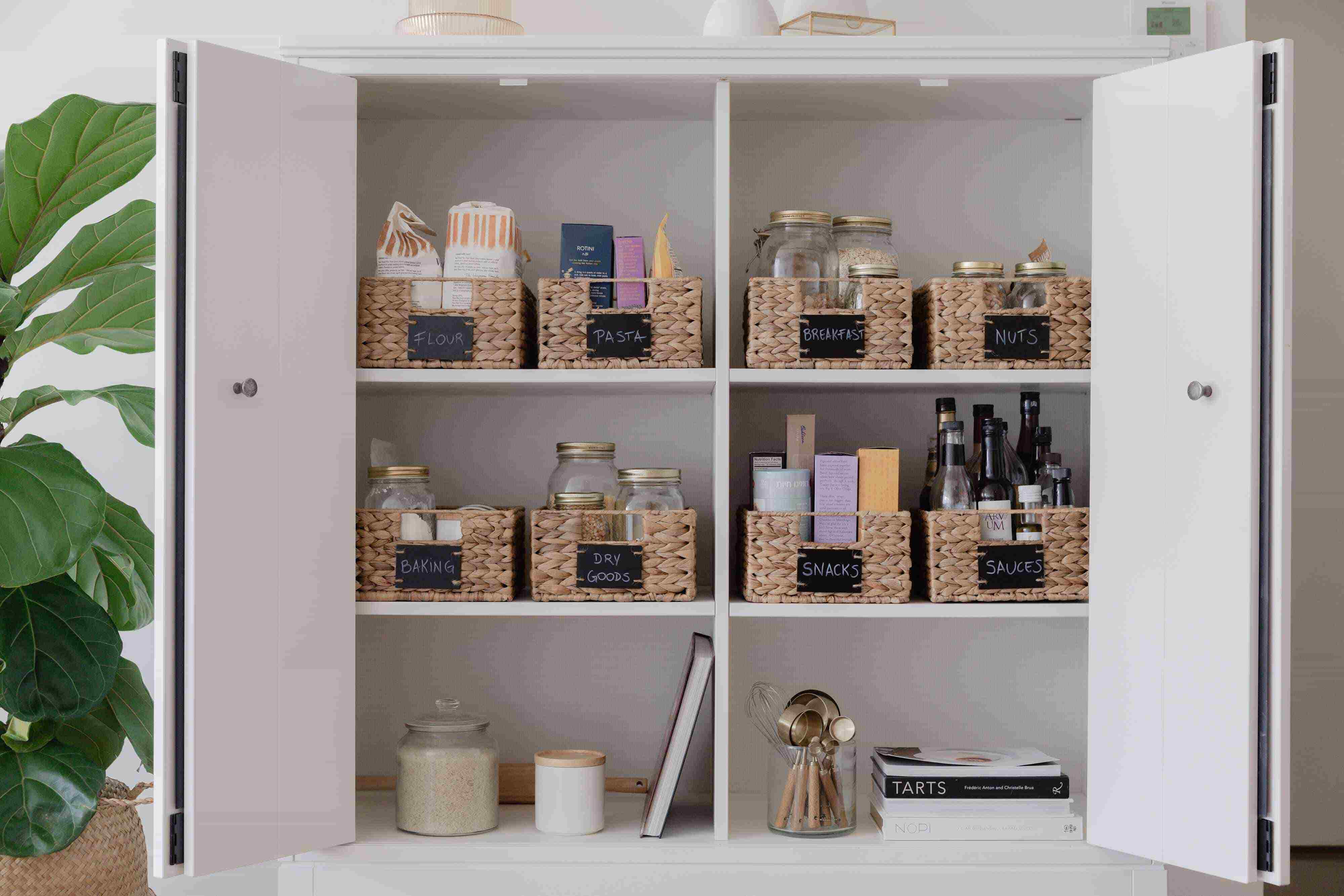
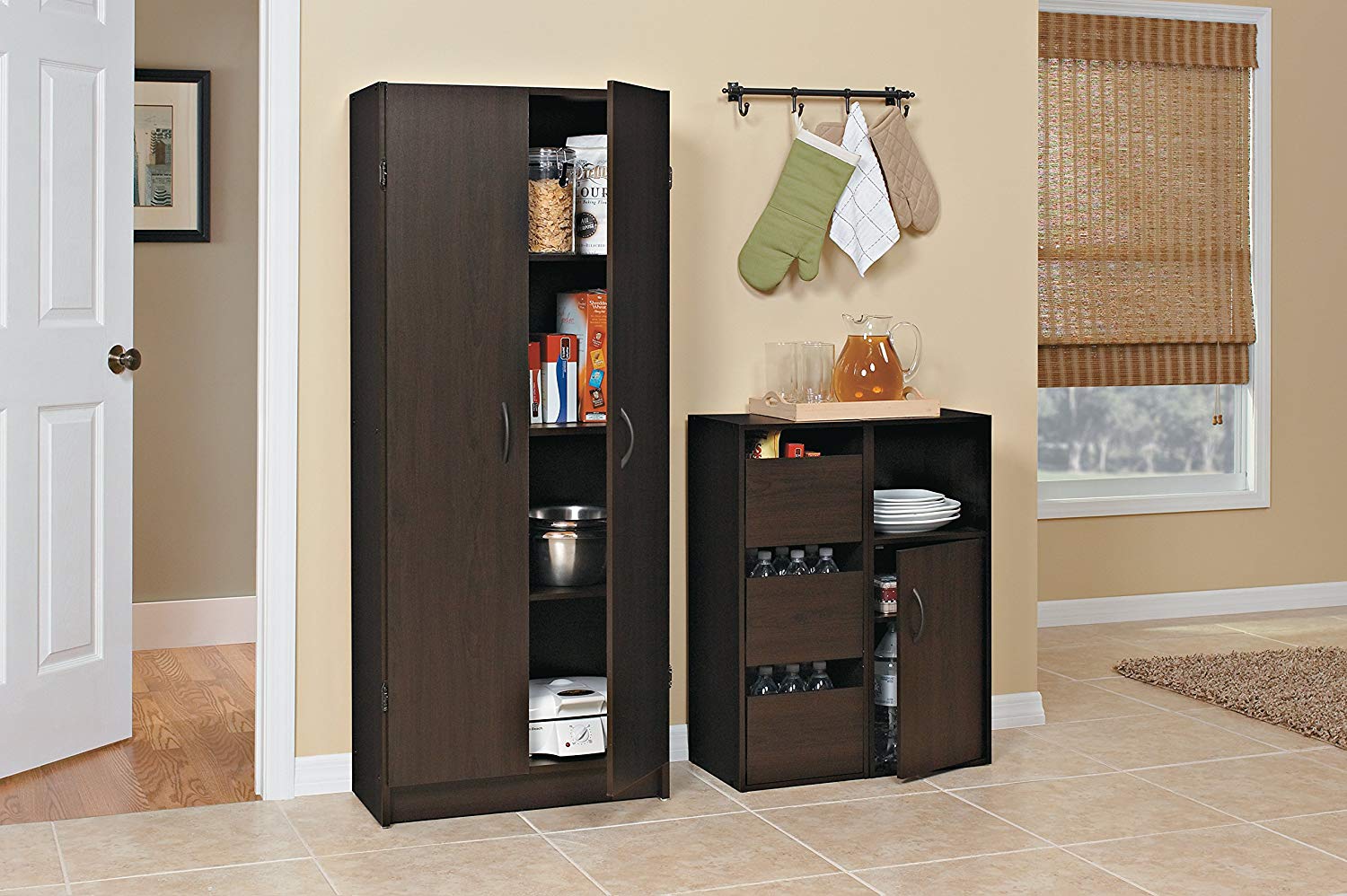

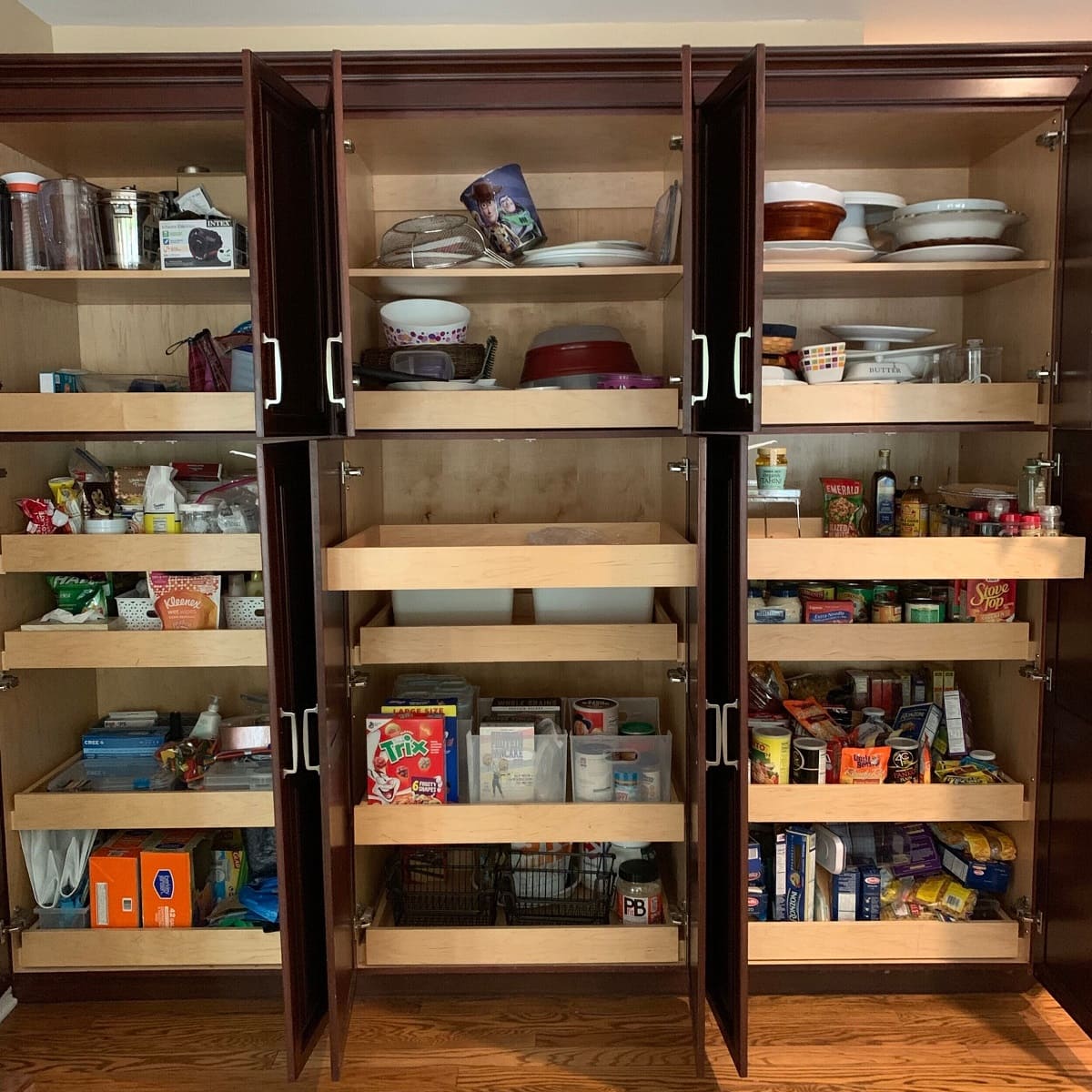
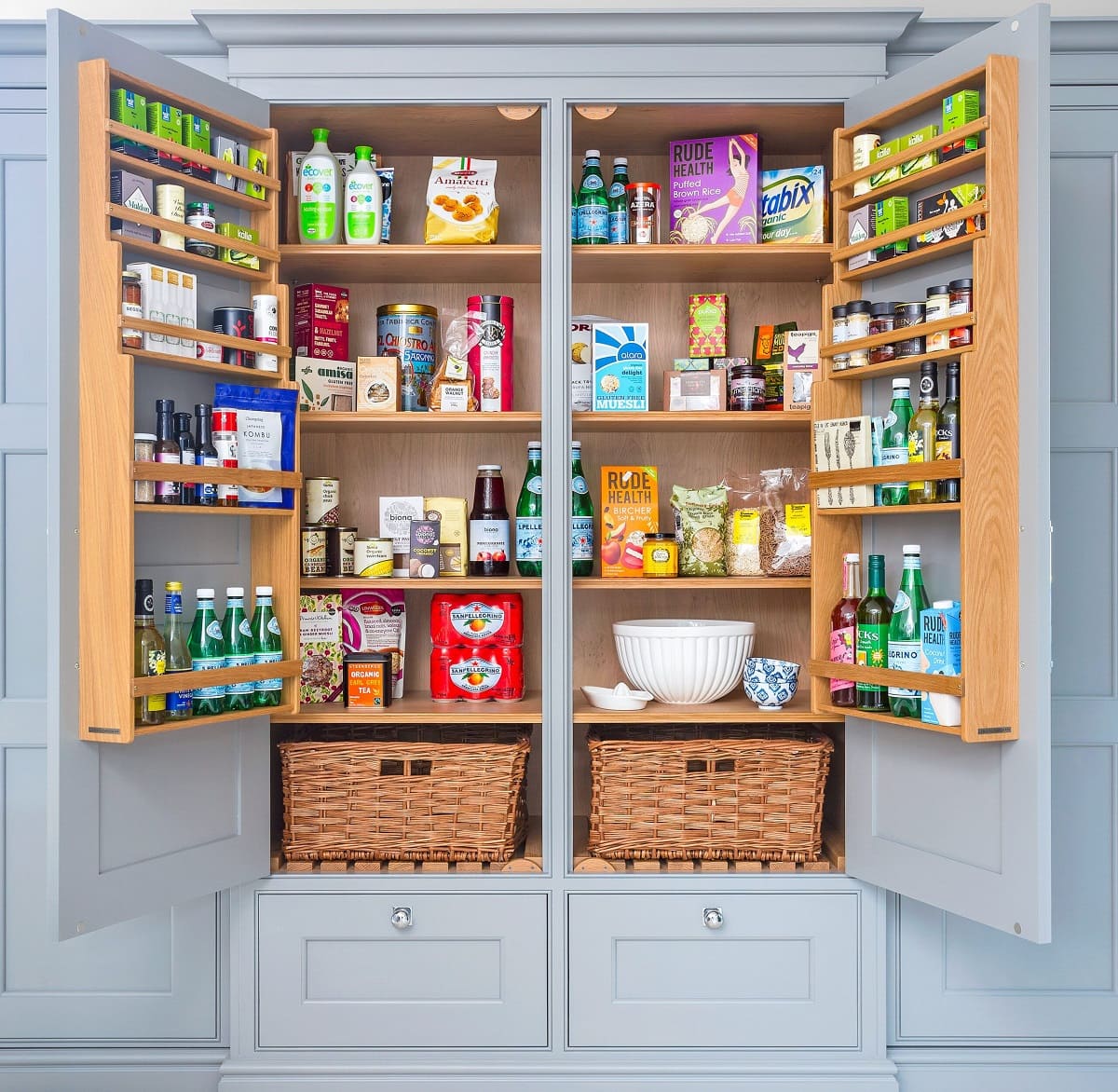
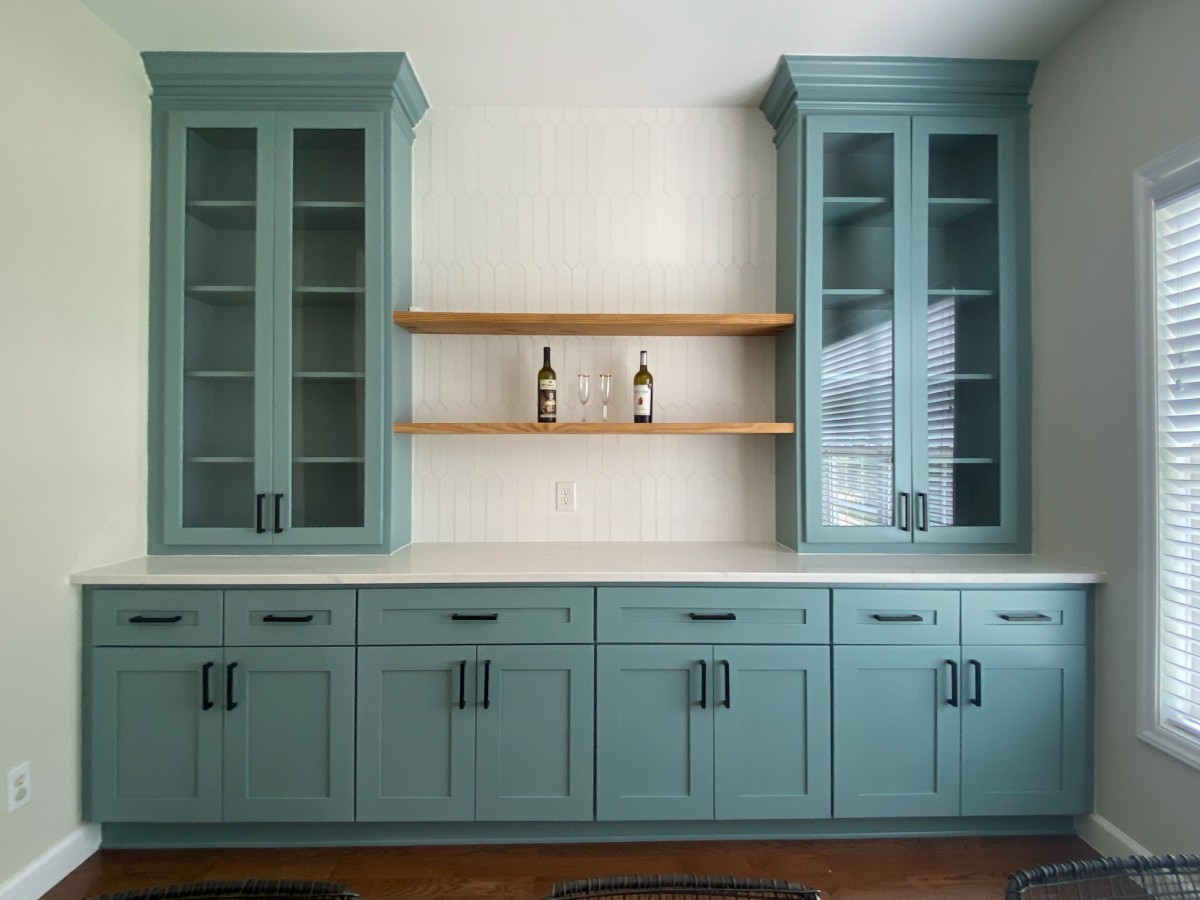
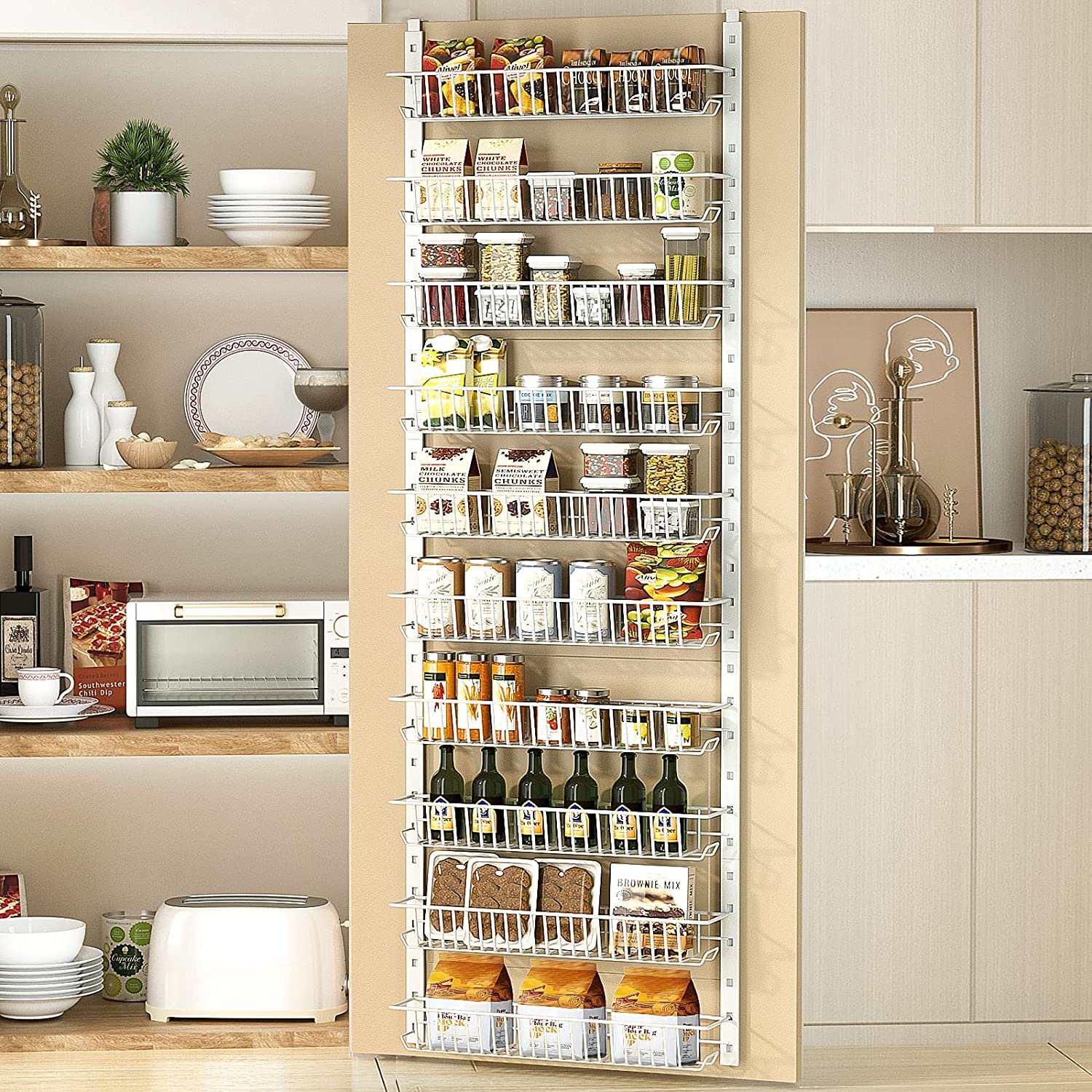
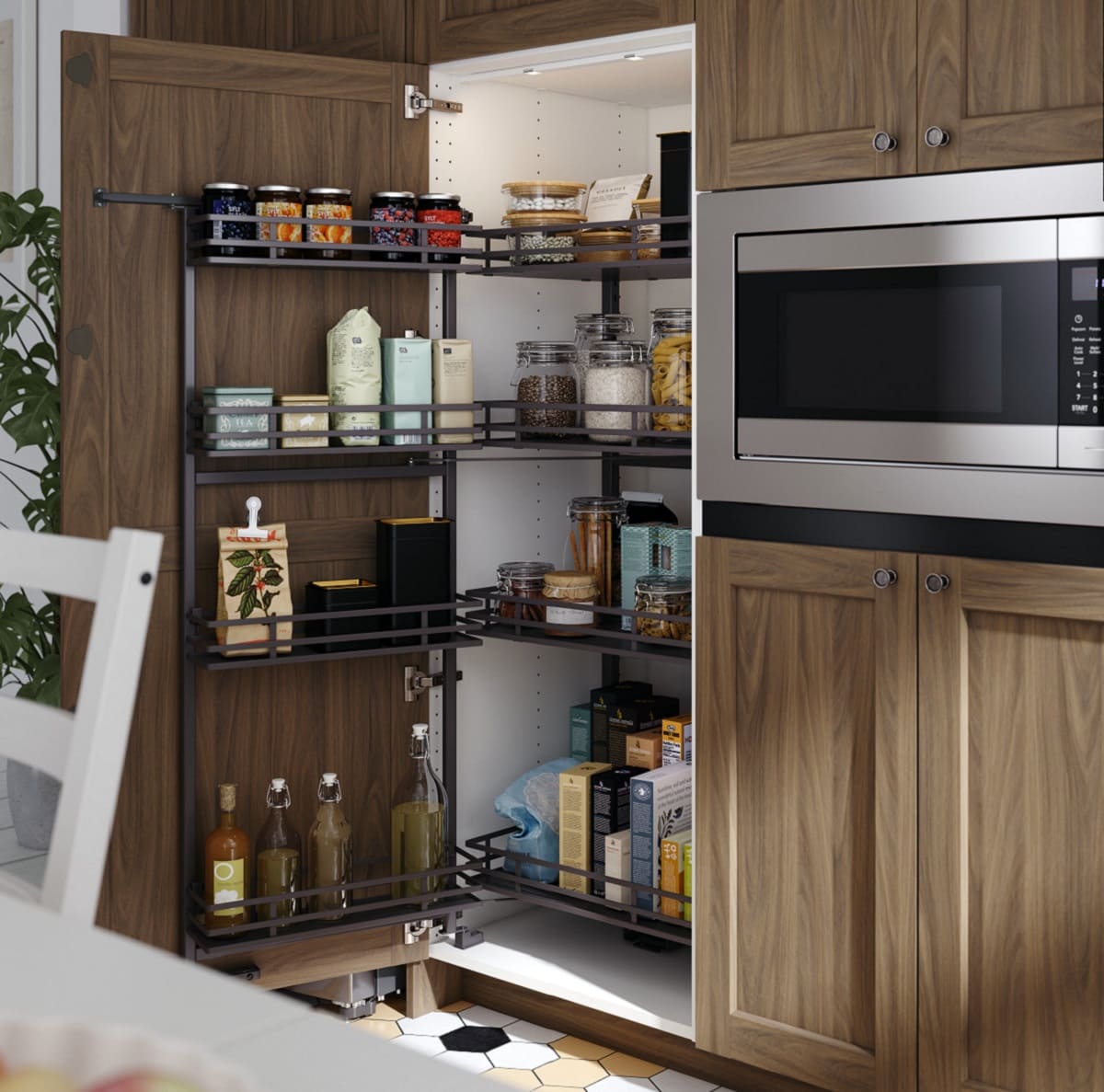
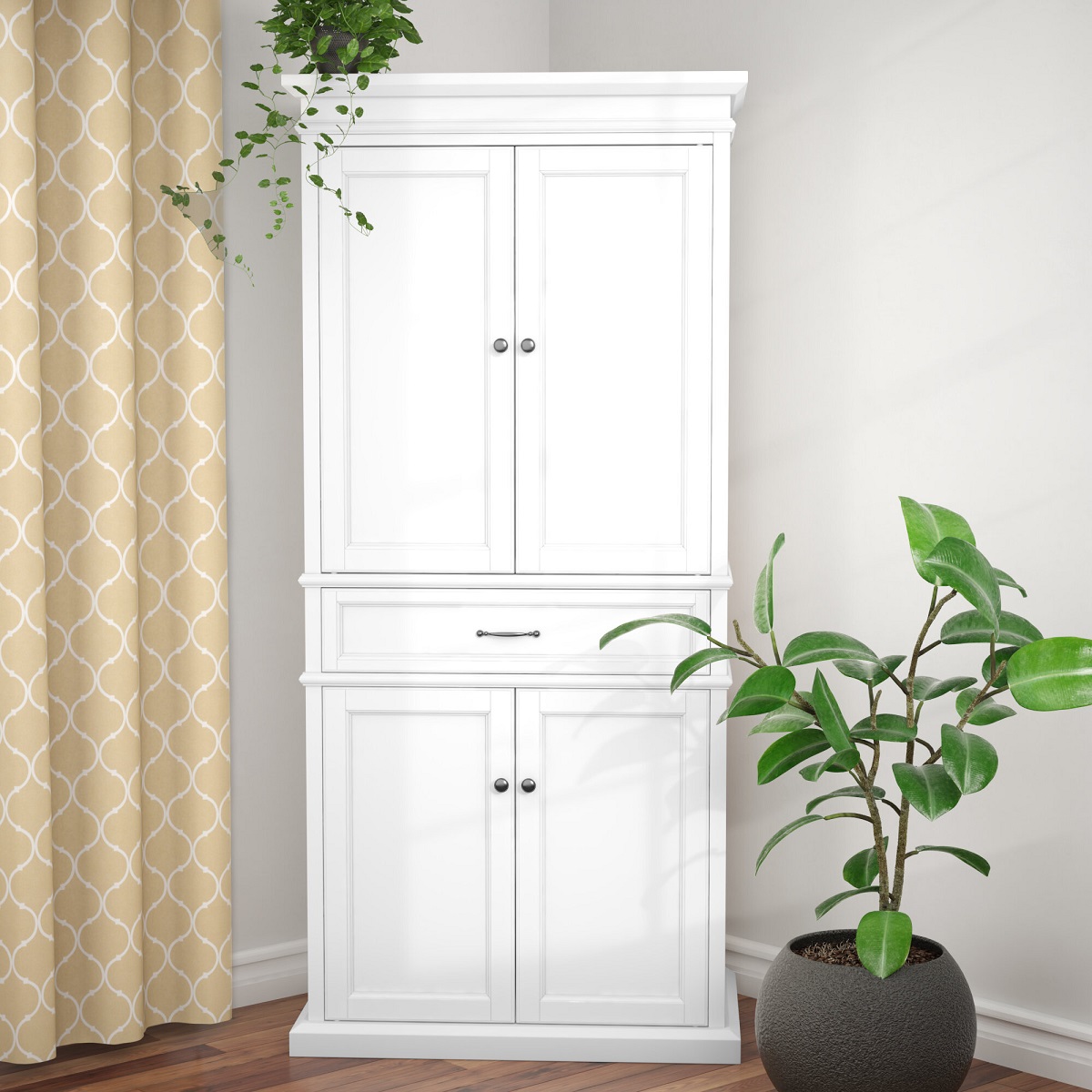

0 thoughts on “How To Organize A Pantry Cabinet”